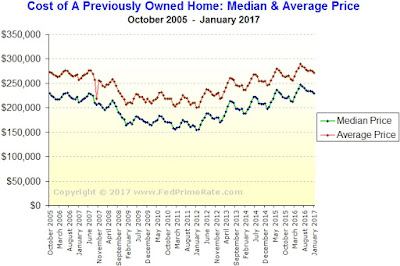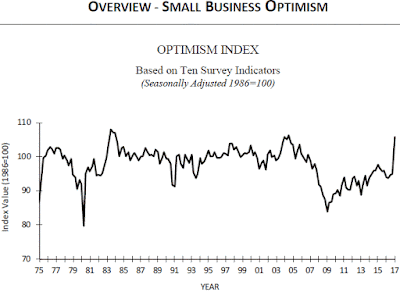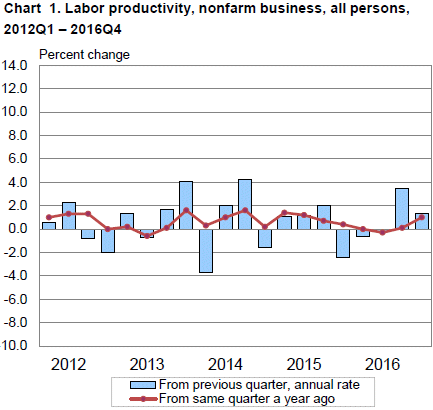Consumer Confidence Index (CCI) for February 2017
Predicted: 111.3
Actual: 114.8
The "predicted" figure is what economists were expecting, while the "actual" is the true or real figure.
From Today's Report:
"...'Consumer confidence increased in February and remains at a 15-year high (July 2001, 116.3),' said Lynn Franco, Director of Economic Indicators at The Conference Board. 'Consumers rated current business and labor market conditions more favorably this month than in January. Expectations improved regarding the short-term outlook for business, and to a lesser degree jobs and income prospects. Overall, consumers expect the economy to continue expanding in the months ahead.'..."
Every month, The Conference Board sends a questionnaire to 5,000 U.S. households. Survey participants are polled about their feelings regarding the U.S. economy, current and future, and about their own fiscal circumstances. On average, 3,500 participants complete and return the 5-question survey.
The baseline "100" score for the CCI is associated with 1985 survey data.
When consumers feel good about the economy, they tend to do more spending, and vice versa.
Based in New York City, The Conference Board is a private, not-for-profit organization with a mission to, "create and disseminate knowledge about management and the marketplace to help businesses strengthen their performance and better serve society."
The CCI is usually released on the last Tuesday of the month.
Last month, the CCI was 111.6 (revised.)
Labels: cci, consumer_confidence
|
--> www.FedPrimeRate.com Privacy Policy <--
> SITEMAP < |







